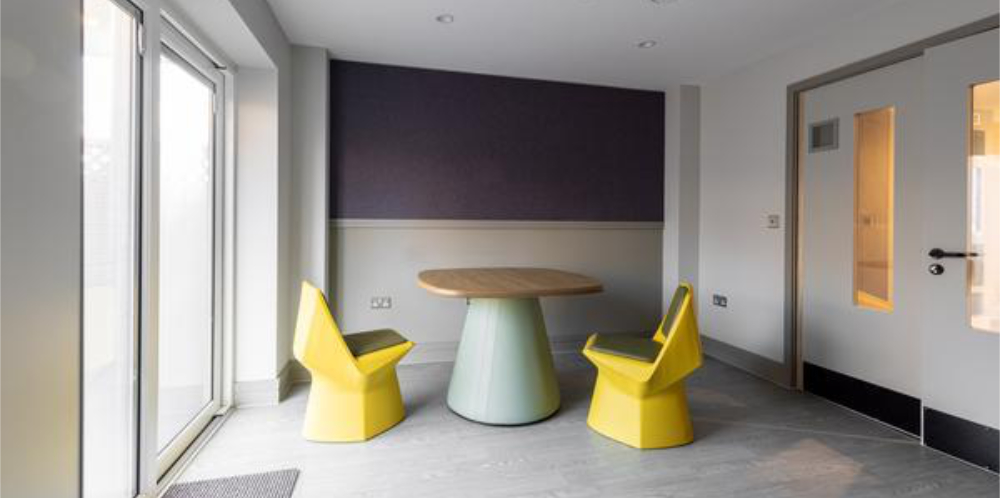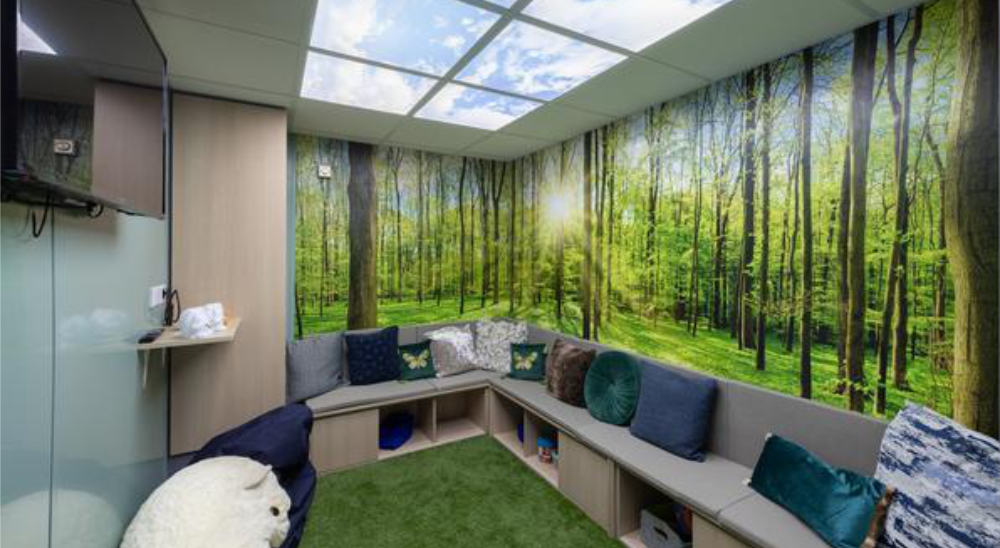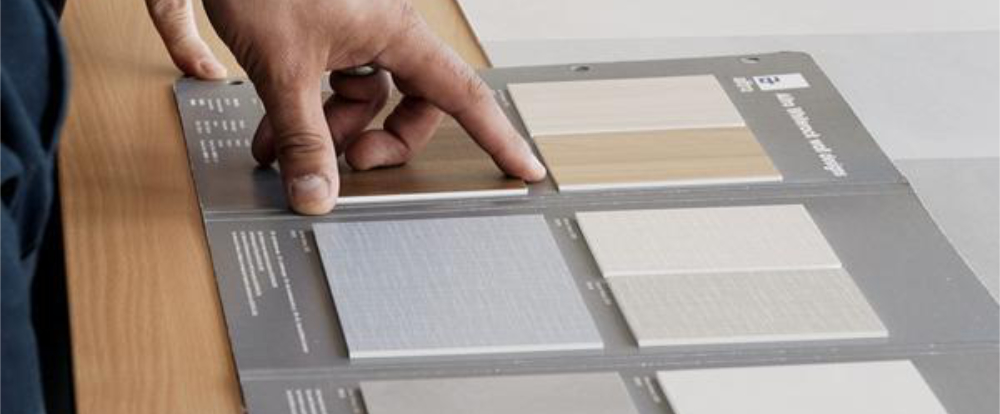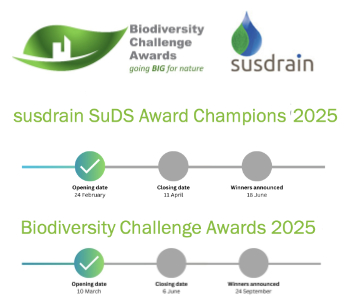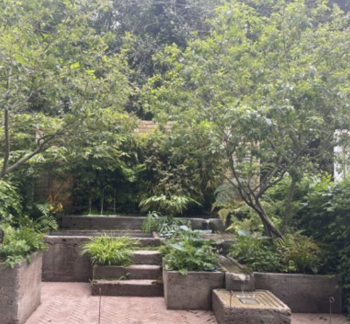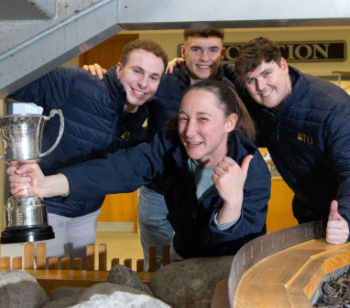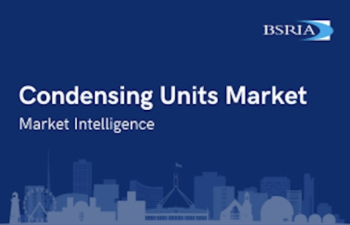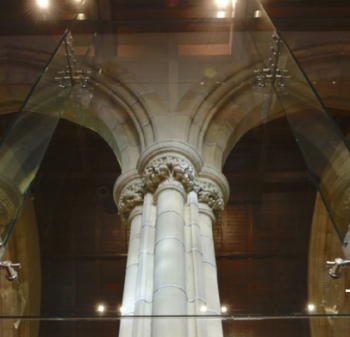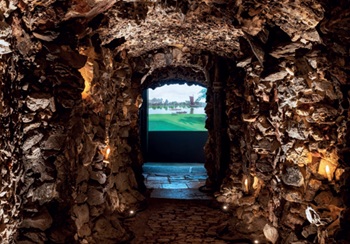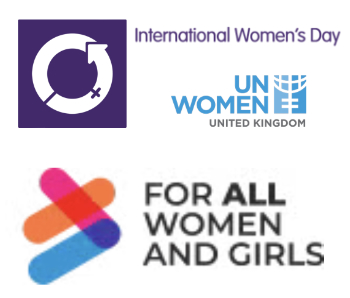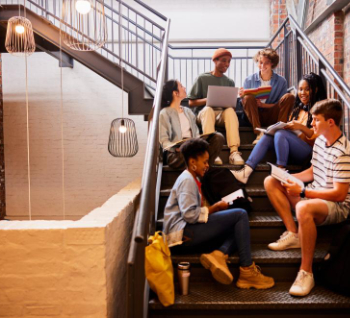Designing for neurodiversity: driving change for the better
Accessible design, design for neurodiversity, inclusive design – these are not new terms, but seeing them translate into reality in the built environment has been a long time coming and is now climbing up the agenda.
As this movement gathers momentum, Altro looks to how and why design for neurodiversity resonates so widely at this point in time and talks to some of the people making a change by demanding the design community do better.
In October 2022, a diverse group of people from all over the world gathered in Manchester at Material Source, for lively discussion on best practices and obstacles in inclusive design and how they can be overcome. At least one project manager left early: "I'm not being rude," he said as he rushed for the door. "I've just realised that the project we're about to sign off on has missed the point, and now I can how we need to do it differently. If I leave now, I can fix it."
The event, focused on inclusive design and neurodiversity, was hosted by flooring and walling manufacturer Altro, and was one of the early developments in a collaborative passion project that has gathered momentum over the past three years. In November 2023, there was a meeting with a large contingent from a major NHS Trust at Altro's Letchworth HQ.
Around the table were the NHS Trust's Head of Mental Health, Head of Capex Refurb Projects, Facilities Managers and more, here for an open and honest conversation about their buildings and about creating 'places of safety'. Through industry-leading speakers such as Stephanie Kyle of Maber Architects and Maria Luigia Assirelli of Floyd Slaski Architects, they learned of a different way to approach design for neurodiversity, that inclusive design didn't have to cost more if you considered it at the right stage, that meeting building regs simply meant doing the bare minimum, which was not really enough, and that those in charge of building projects had a responsibility – and an opportunity – to do more.
Could it be that finally, we are seeing an appetite for architecture and interiors "by people, for people" that come from an understanding of lived experience and that acknowledge, accept and better still, celebrate, diversity amongst our population? The strength of response from those who have attended Altro's various forums and workshops would suggest that yes, that appetite is there.
Why now? Well in part because of the way in which the message is being delivered. This is personal for the people involved; they care passionately, and that passion is infectious.
As Altro's Social Care Key Account Manager, Joe Hurst understands the importance of inclusive design from many different viewpoints, working with designers, architects, facilities managers, care homes and more. As a parent of an autistic son, he's seen the impact of design decisions play out in real life. "Through Altro's Voice of the Customer programme, I had the opportunity to raise questions around design for neurodiversity, to get a conversation started."
This is also personal for Stephanie Kyle, who was diagnosed as autistic in 2020, nearly 15 years after a diagnosis of auditory processing disorder, which presents in a similar way. Her interest was sparked as a child when an architecture company visited her school. They were involved in building a new aquarium in the city. Steph and her classmates visited the completed building, which she describes as "horrific, the worst building ever!"
From here began the start of a special interest in building regulations and design for neurodiversity. "Every project I did at university focused on neurodiversity, on being autistic. I accumulated all this knowledge, reading scientific papers for fun. But then I would speak to people who had been architects for 25 years and find they didn't know the basics about inclusive design, not even accessible toilets. How could this be the case?"
Maria Luigia Assirelli also explored her passion for accessible design as part of her architecture training. An architectural study and dissertation on a rehabilitation centre in Rome led her to a Masters in healthcare design. In 2005, she met Christopher Beaver of GA Architects, who has been dedicated to designing neurodiverse-friendly buildings since 1996, creating innovative facilities for children with severe learning difficulties. Together, Maria and Christopher conduct seminars and round tables to delve into ways to enhance their designs. Maria describes design for neurodiversity as "a puzzle to put together. I have a logical mind, and I love architecture with a purpose."
Maria and Steph were just two of the experts brought together by Altro over the past few years for Altro Forum events in Manchester, Letchworth and London. Also involved are Sarah Darwin of PHI Architects who specialises in low energy, Passivhaus projects and designing for special needs and autism and who has shared her experiences as a designer and as a parent to a 21 year-old son with autism, and Professor Anastasios Maragiannis, Professor of Inclusive Design who presented on diversity and inclusion.
Maria believes in the importance of education, and that part of the building design journey should be the obligation to the end user. "User experience should play a major part in architectural education, and in forming guidance and regulations. We have a moral obligation to stand up for something just and not accept second best."
Education is the key factor for Steph, too. "People don't design badly on purpose," she says. "They just don't realise they need to consider, and that changes if we fix the architectural education system, which currently prioritises creative design over functional, accessible design. But you can absolutely have both."
Between 400 and 500 people have taken part in Altro's Forum events, with a further 4,000 taking up Altro's Design for Neurodiversity CPD. "It's an educational journey to engage with people," explains Joe. "This is just the start of helping build better for the future; we're in the infancy of raising awareness. We can't educate everyone on our own, we need to work together."
This article appears on the CIAT news and blogsite as 'Designing for neurodiversity: driving change for the better' 15 January, 2025.
--CIAT
[edit] Related articles on Designing Buildings
- Accessibility in the built environment.
- Autism and the workplace.
- British Standards Institution BSI.
- Building for neurodiversity: guidelines address final frontier of inclusive design.
- Equality Act.
- Government offers support package to help autistic people into work.
- Neurodiverse.
- Neurodiversity in the built environment.
- PAS 6463.
- People with disabilities definition.
- Wayfinding.
[edit] External resources
Featured articles and news
Focussing on the practical implementation of electrification.
Sustainable Urban Drainage and Biodiversity
Awards for champions of these interconnected fields now open.
Microcosm of biodiversity in balconies and containers
Minor design adaptations for considerable biodiversity benefit.
CIOB student competitive construction challenge Ireland
Inspiring a new wave of Irish construction professionals.
Challenges of the net zero transition in Scotland
Skills shortage and ageing workforce hampering Scottish transition to net zero.
Private rental sector, living standards and fuel poverty
Report from the NRH in partnership with Impact on Urban Health.
.Cold chain condensing units market update
Tracking the evolution of commercial refrigeration unit markets.
Attending a conservation training course, personal account
The benefits of further learning for professsionals.
Restoring Alexander Pope's grotto
The only surviving part of his villa in Twickenham.
International Women's Day 8 March, 2025
Accelerating Action for For ALL Women and Girls: Rights. Equality. Empowerment.
Lack of construction careers advice threatens housing targets
CIOB warning on Government plans to accelerate housebuilding and development.
Shelter from the storm in Ukraine
Ukraine’s architects paving the path to recovery.
BSRIA market intelligence division key appointment
Lisa Wiltshire to lead rapidly growing Market Intelligence division.
A blueprint for construction’s sustainability efforts
Practical steps to achieve the United Nations Sustainable Development Goals.
Timber in Construction Roadmap
Ambitious plans from the Government to increase the use of timber in construction.
ECA digital series unveils road to net-zero.
Retrofit and Decarbonisation framework N9 launched
Aligned with LHCPG social value strategy and the Gold Standard.








